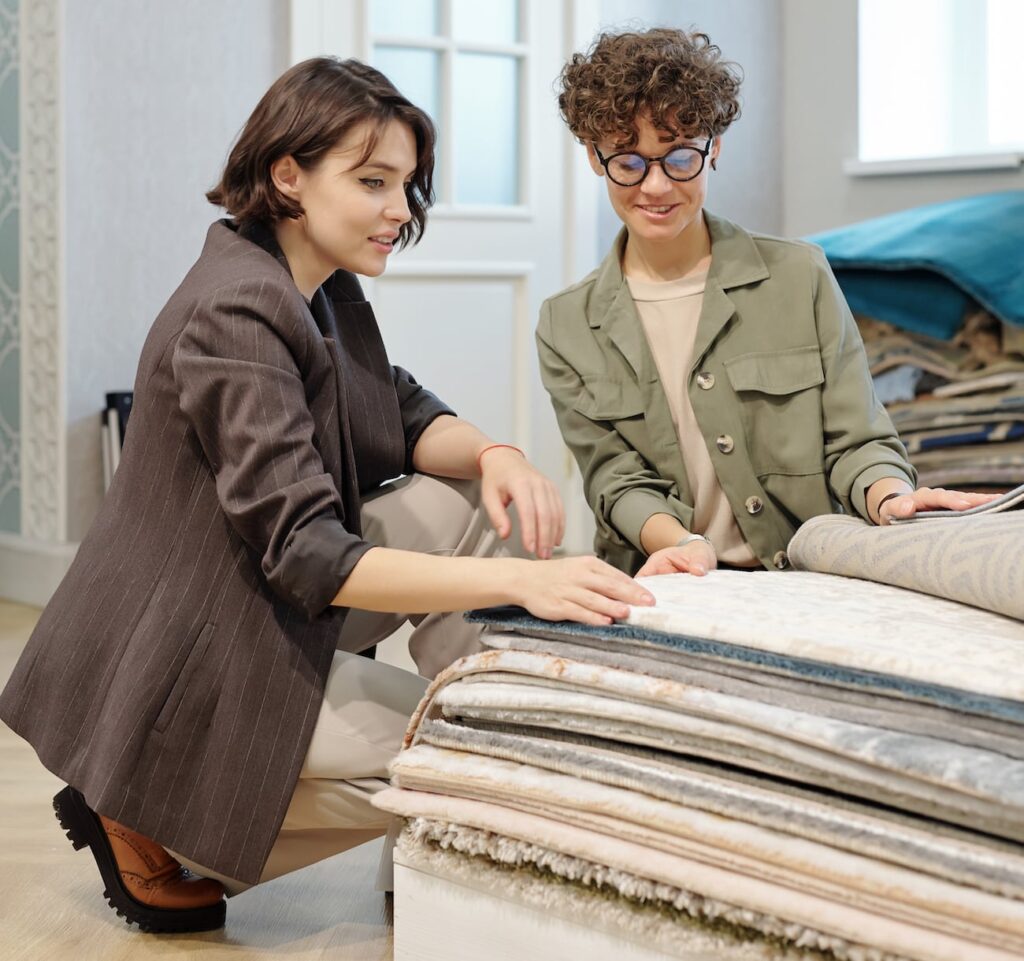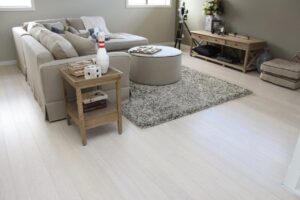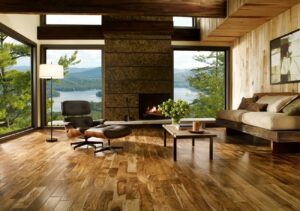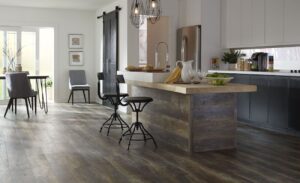Determining carpet quality can be much confusing due to some hidden properties that the average shoppers may not know. Thus, shopping a carpet for flooring requires a special trick instead of looking at it only.
The hidden properties that most people do not realizes their existence actually contribute to the whole quality of the carpet you are going to purchase.
They are actually the factors that everyone must take into consideration to determine the quality of the carpet.
To help you identify the quality carpet, here we come with the list of factors representing the carpet’s best performance, durability and lifespan.
So don’t go anywhere and stay with us for ten minutes to finally know the carpet quality.
Face Weight
Face weight is defined as the weight of the carpet pile sized in square yard of carpet. It is also measured in ounces. Badly, in the past, the heavier face weight of the carpet means the more durable it is.
In the other world, the heavy face weight of the carpet is one of the factors to determine the quality of the carpet.
So many people believe that the heavier carpet represents the durability. However, it is not always the case because there are some other factors that contribute to influence the weight of the carpet.
In short, face weight becomes the first thing to look at over a carpet product to determine the quality.
Carpet Density
The second factor that might be determining carpet quality is the carpet density. In this case, the density of the carpet deals with the way of closing the tufted fibers together into the backing of the carpet. There is a specific formula designed to do so.
If you are comparing carpets with the different densities yet they are same in other ways, it means that the higher density value shows high durability of the carpet.
Read Also: Best Carpet For Family Room: 6 Considerations to Select Carpet
Fiber Twist
Believe it or not, fiber twist often becomes one of the aspects being overlooked over a carpet. It is also one of the factors to evaluate and determine the carpet quality.
Fiber twist is defined as the frequencies of time at which the fiber strands are twisted together and measured in one-inch length of the fiber. The result shows the twist number of the carpet. Sometimes, fiber twist number is popularly known as turns-per-inch (TPI).
Fiber twist is pretty easy to calculate yourself. All you need to do is just measuring a one-inch length of the fiber of the carpet and count how many turns you notice.
If you see there is a fiber shorter than one inch, measure again a half-inch and make the twist number doubled. This is how you will get the twist number.
Type Of The Fiber
Other factor that fully determining carpet quality is the type of the fiber.
To what extent does the fiber type determine the carpet quality?
Keep in mind that fibers comes with the different characteristics. This means that each of a type of fiber has its own characteristics which are noticeably different from other fiber types.
Furthermore, some specific types of fibers work better in particular characteristics than other types.
In this regards, the synthetic carpet fibers you will probably see include polyester, nylon, olefin (polypropylene) and triexta.
On the other hand, the natural carpet fibers include wool and sisal. Though they might be less used, they are quite dominating the carpet industry.
In this case, nylon and olefin are the two types of fibers that are widely used in commercial applications while wool is a kind of fiber that is the leading fiber in use.
In this case, the synthetic fibers generally offers the greater strength and resistance to muddying. However, there are still some other applications that make the wool a great choice.
Nylon Fiber
Nylon is the common type of fiber used in commercial application due to its strength and flexibility.
It comes with the natural hard surface to offer the excellent wearibility, abrasion resilience, oil and chemical resistance and other resilience. Nylon fibers do not absorb the moisture.
Dealing with the way of determining carpet quality, nylon fiber is constructed along with the solution-dyed at which the process involves the addition of color to the nylon crystals before the materials are processed into individual piece of fibers.
As a result, the fiber comes with the very stability of a good color and fade resistance.
One of the most significant downside of nylon fibers are the incapability to dissolve the static electricity.
Normally, nylon fibers are used under the low humidity conditions so that the static charges can be easily gained in excess of 12,000 volts. This is the recommended maximum value for the sensitive electronic appliances.
In order to decrease the impact of static charges, the carbonized fibers will be added by the manufacturers to the nylon yarn.
Alternatively, the manufacturers can also add a conductive coating on the surface of the fibers to help dissolve the static charges before reaching the level where they can cause a damage to the electronic appliances.
Olefin Fiber
Olefin is the second most widely used fiber for commercial carpet todays. This is due to the fact that olefin is constructed is such a way making the carpets less expensive to afford compared to those of nylon.
In the other words, carpets with olefin fiber are much more affordable than carpets with nylon fibers. In this case, olefin fibers are as hard as nylon.
The wear and limit crushing over the olefin fiber carpets are already improved by the manufacturers by limiting the pile height and increasing the number of fibers which are installed per inch of the carpet.
Greatly, olefin fibers come with the excellent resistance to moisture so that they suit not only indoor but also outdoor spaces. Olefin fibers also enable the carpet to resist to fading due to the direct sunlight.
Further, carpet with olefin fibers are featuring stain resistance. Thus, they can hold more dirt than the nylon fibers do.
However, if you use carpets with olefin fibers, you need to perform cleaning as frequently as possible to prevent damages attacking the surface of the fibers.
One of the biggest downside of using carpets with olefin fibers is the low melting point. Permanent burn marks can occur when the heat is resulted from the dragged objects across the carpet.
Since olefin generates no static electricity, the carpet will suit well the applications at which the installations involve a sensitive electronic appliances such as computers and the telecommunications appliances.
Wool Fiber
In fact, carpets with wool fibers are much expensive to use for commercial applications. Wool fibers are highly durable and resistant to either crushing or matting.
At first, moisture will be resisted by the fibers but soon the fiber will shrink if it is flooded with water.
Noticeably, carpets with wool fibers are more prone to abrasion than those with nylon and olefin. The biggest downside of using carpets with wool fibers is the fact that they are stainable.
Further, wool fibers are great in hiding the dirt because they are constructed t scatter light. Their resistance in binding the dirt make them easily clean. Compared to synthetic fibers, wool need cleaning more frequently.
Warranty of the Manufacturer
Basically, all types of carpets come with the warranty of the manufacturers. However, the warranty provided by the carpet manufacturer usually uses the terms like “Texture retention”, “exclusions”, and “abrasive wear”, making it difficult to understand what the manufacturers are actually offering.
Carpet Style
How does a style of carpet relate the quality?
In this case, the carpet styles are best considered to be influential to the carpet’s performances.
The most common styles you will find for the residential carpets include Saxony, Frieze, Berber and Cut-and-Loop.
Unquestionably, each of the carpet style offers a wide range of qualities, meaning that each of the carpet styles comes with their own qualities.
However, some styles are better for high traffic use than the other types.
Carpet Backing Options
Other factor that also contributes in determining carpet quality is the carpet backing options. Particularly, the carpet backing materials influence the carpet performance.
It is due to the fact that the backing provides both the strength and stability. Believe it or not, 90 percent of commercial carpet has a tufted construction at which a latex coating is used to stich the yarn using the backing fabric locked in place.
In this case, polypropylene and jute are usually added to provide additional strengths. Polypropylene and jute are best described to be strong, durable and resilient, offering a better resistance to mildew. Thus, the carpet will be good for damp and high humidity applications.
Generally, backings are available with a moisture barriers in which the function is to prevent the spill from seeping through the carpet, causing a damage and support the mold and mildew to grow.
The moisture barrier of the backings are suitable for applications where spills frequently occur such as in a dining area.
In this regards, some carpet manufacturers alternatively use a foam backing because it is not as strong as the jute or polypropylene.
It just allows you to glue down the carpet directly to the flooring material without the use of underpad.
Read Also: What Causes Carpet to Buckle
The Impact of Colour and Carpet Pile on Carpet Quality
In fact, the carpet quality is also influenced by the color and carpet pile. There are generally two ways of adding color to carpet fibers.
Those are solution dyeing and stock dyeing. Solution dyeing is processed by adding the color pigment to the yarn during the process of the manufacture.
This will result the color extends throughout the yarn materials. The fibers will also be resistance to fading and have a good color stability.
Finally, the carpets will be suitable for spaces where there are more and more direct sunlight.
On the contrary, the stock dyeing is processed through the addition of pigments to the yarn after they have been produced yet before they are changed into a spurn yarn.
Fibers that are processed through the stock dyeing typically have lower cost process than those through the solution dyeing. In this case, there are a wide selection of color options for carpets.
Determining carpet quality must also consider the types of piles used in carpet construction. In this regards, there are basically two types of piles. Those are cut pile and loop pile.
In general, all types of piles and the carpet quality as well as the carpet performance will actually depend on the density and the number of twist in the pile.
Cut pile construction allows the fibers to be cut on the top surface more than the loop pile, resulting in tufts of stand-up yarn.
No worry in cutting the fibers since it is always possible to cut them at the same level to create a flat and non-textured surface. You can also cut the fibers at various heights to create a textured finish if you wish.
In this case, there must be two or three piles of yarn to twist together and to treat the heat to prevent unraveling. If the tufts are tighter and denser, the performance of the carpet will be much better.
However, one thing to remember is that the cut piles are not durable. Instead, loop piles are more durable.
Unlike the cut piles, the loop piles come with the construction of individual strand of yarn that are looped using the backing. You can set the loop either in the same level or at the different levels to make patterns.
Thus, carpets with loop piles construction suit the high traffic areas more than the cut piles.
Truly, take a note that carpets which come with the short and tight packed loop will be more effective to block the dirt so that they can have the best performance in some home areas, particularly the high traffic areas.
On the contrary, carpets with the loosely packed loops will tend to suit the moderate traffic areas.





